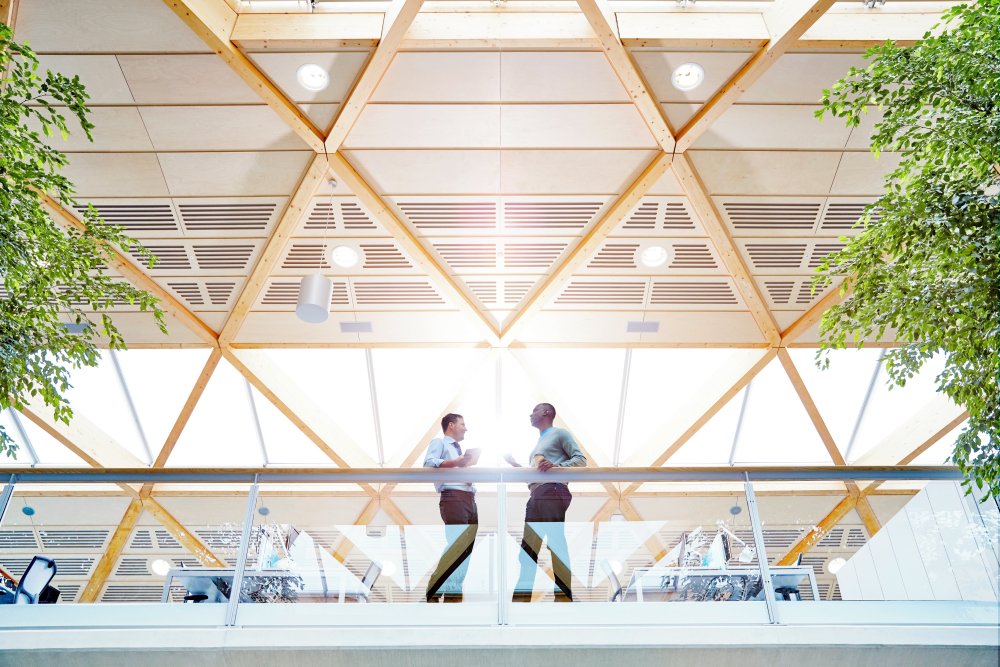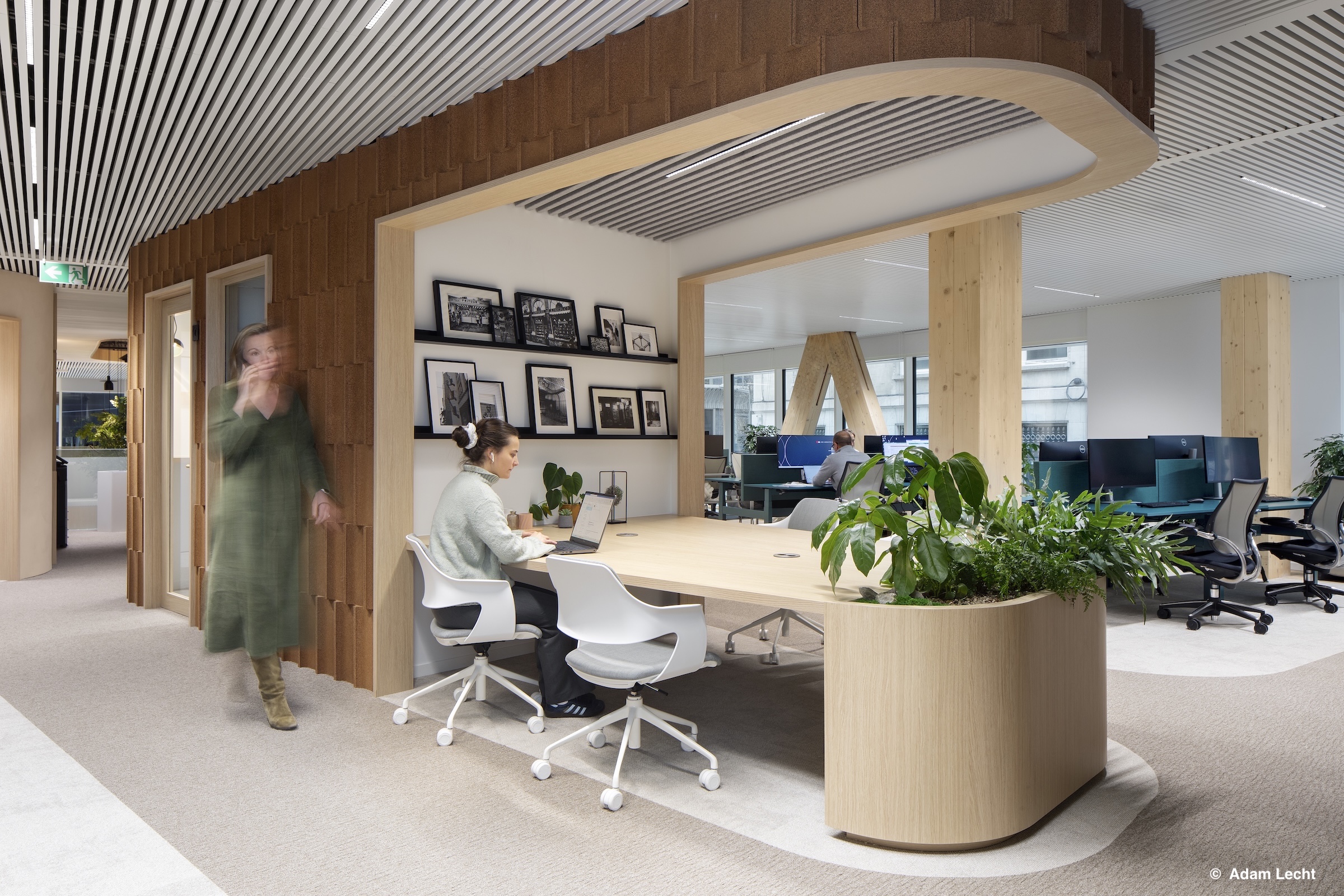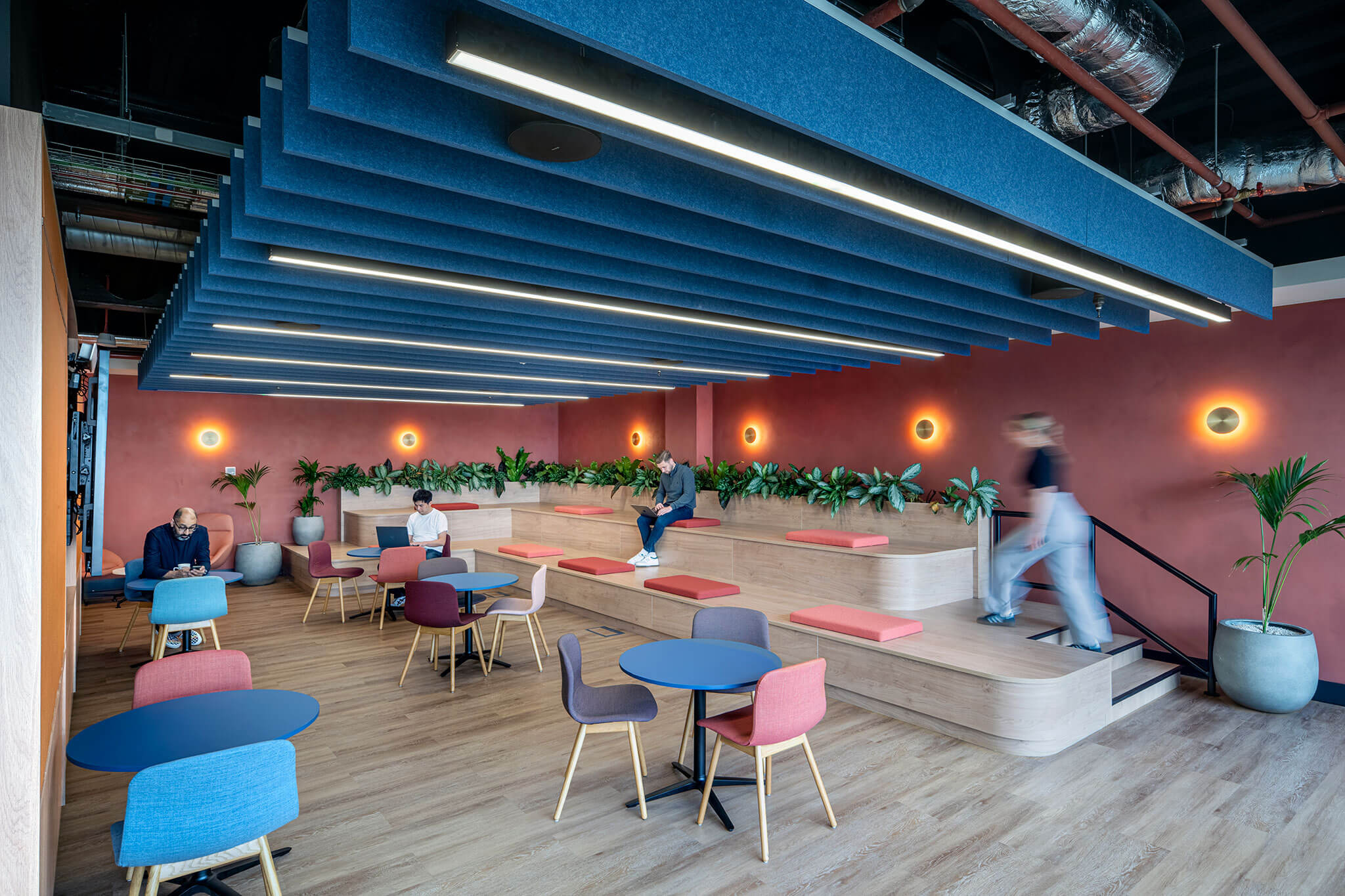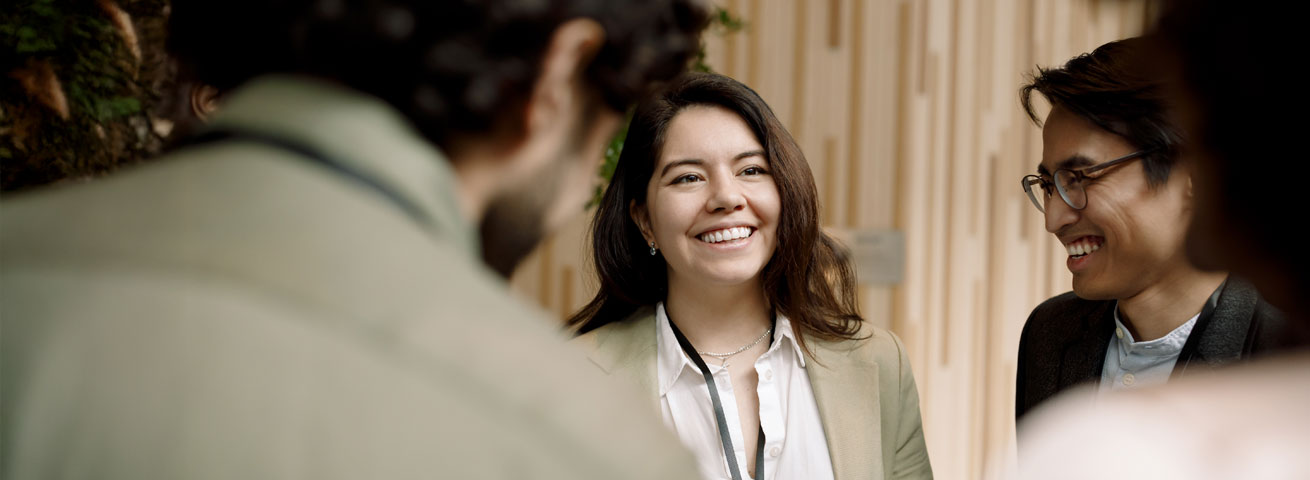How our action-based approach enables more sustainable spaces
Sustainability is a multifaceted challenge. As companies grapple with the intricacies of setting and achieving ambitious ESG targets, a comprehensive action-oriented framework is crucial. The physical office plays a vital role in supporting corporate sustainability goals – and a thoughtfully designed interior fit-out not only helps companies meet high sustainability standards, it embeds their unique business values into their physical space.
The Tétris Sustainability Code provides a systematic approach to more sustainable fit-outs by defining 10 dimensions of sustainability and an innovation-based approach, articulating actionable recommendations for each. Launched in 2021, it has guided over 150 Tétris projects, helping employees and stakeholders appreciate how their business and sustainability needs are translated in their workspaces.
“Our Sustainability Code gives us a consistent, practical approach to sustainability, making it easy to identify opportunities, measure progress, and set clear sustainability targets,” says Silvia Aranda, Sustainability Client Solutions Director at Tétris.
Here’s how the Sustainability Code is used to improve sustainability in design and build projects:
Translating sustainability into action: How the Tétris Sustainability Code transforms fit-outs
Guided by the Sustainability Code, Tétris teams consider more sustainable, healthy materials and furniture; ways to enhance comfort and ensure optimal air, light and water quality; integrating nature through greenery and outdoor views where possible; as well as where they can apply innovation in their approach to sustainability. In the construction stage, the Code dictates best practices in supply chain, site setup and waste management. Projects receive a comprehensive sustainability score before and after the fit-out, offering a clear snapshot of the improvements made.
Take the 7,500sqm space Tetris created for coworking provider Wojo, one of the first projects designed using the Sustainability Code. This iconic space features upcycled furniture, recycled materials, biophilic design, waste-sorting systems, and automatic, energy-efficient lighting. The fit-out made major improvements in all focus areas of the Sustainability Code, achieving an overall sustainability score of 83% – over 27 times higher than its initial score.
“With our Code, we help clients tell the sustainability story of their space, providing clear data on the sustainability actions conducted in the project and using language they can use in their ESG reporting and internal communications,” says Aranda.
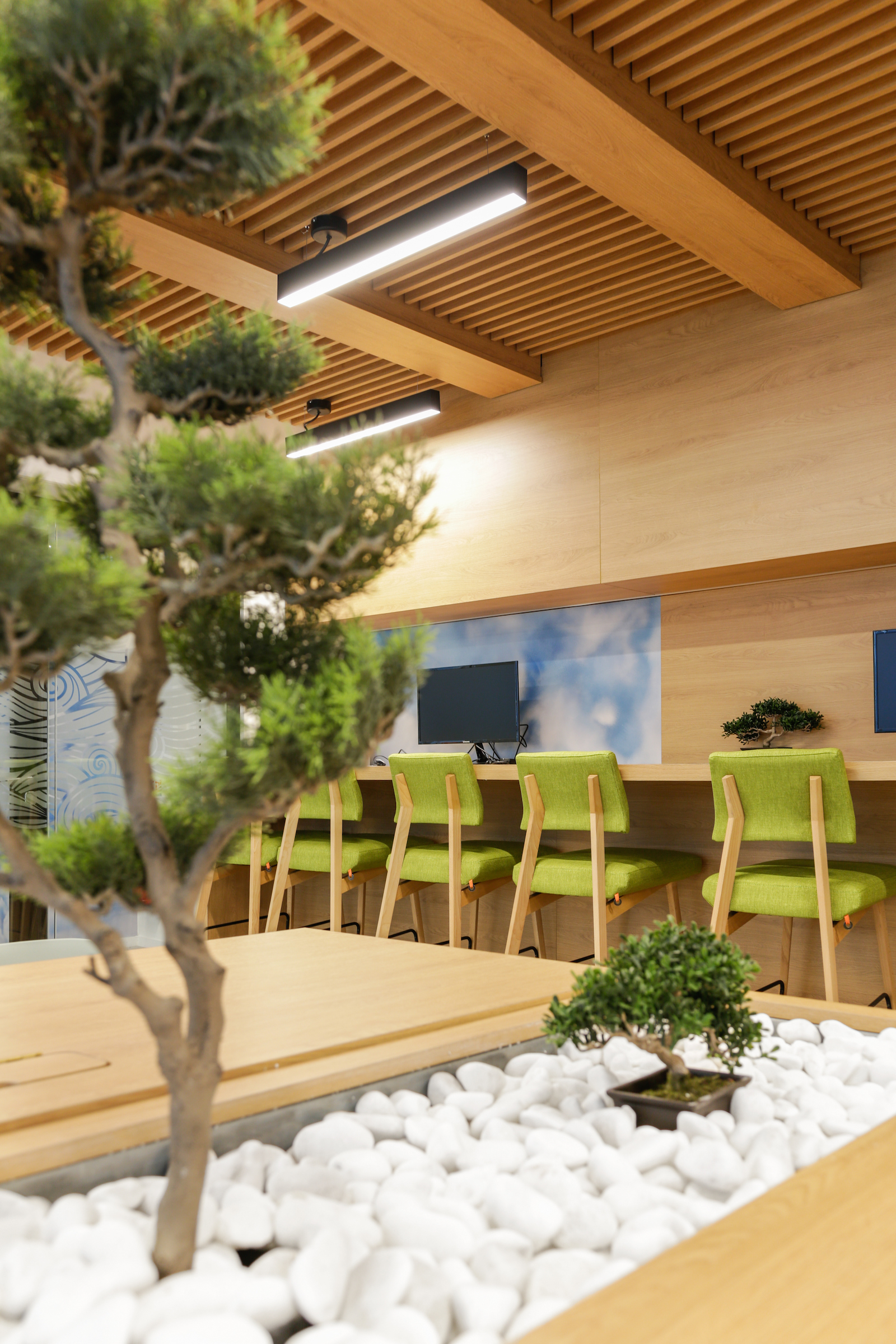
Think holistically
The Sustainability Code promotes a holistic approach to what makes a space sustainable, encouraging energy efficiency measures such as 100% LED lighting and occupancy sensors while also emphasising people’s health and wellbeing through aspects such as acoustic comfort, flexible spaces and daylight exposure to support the alignment of users’ circadian rhythms with the natural day-night cycle.
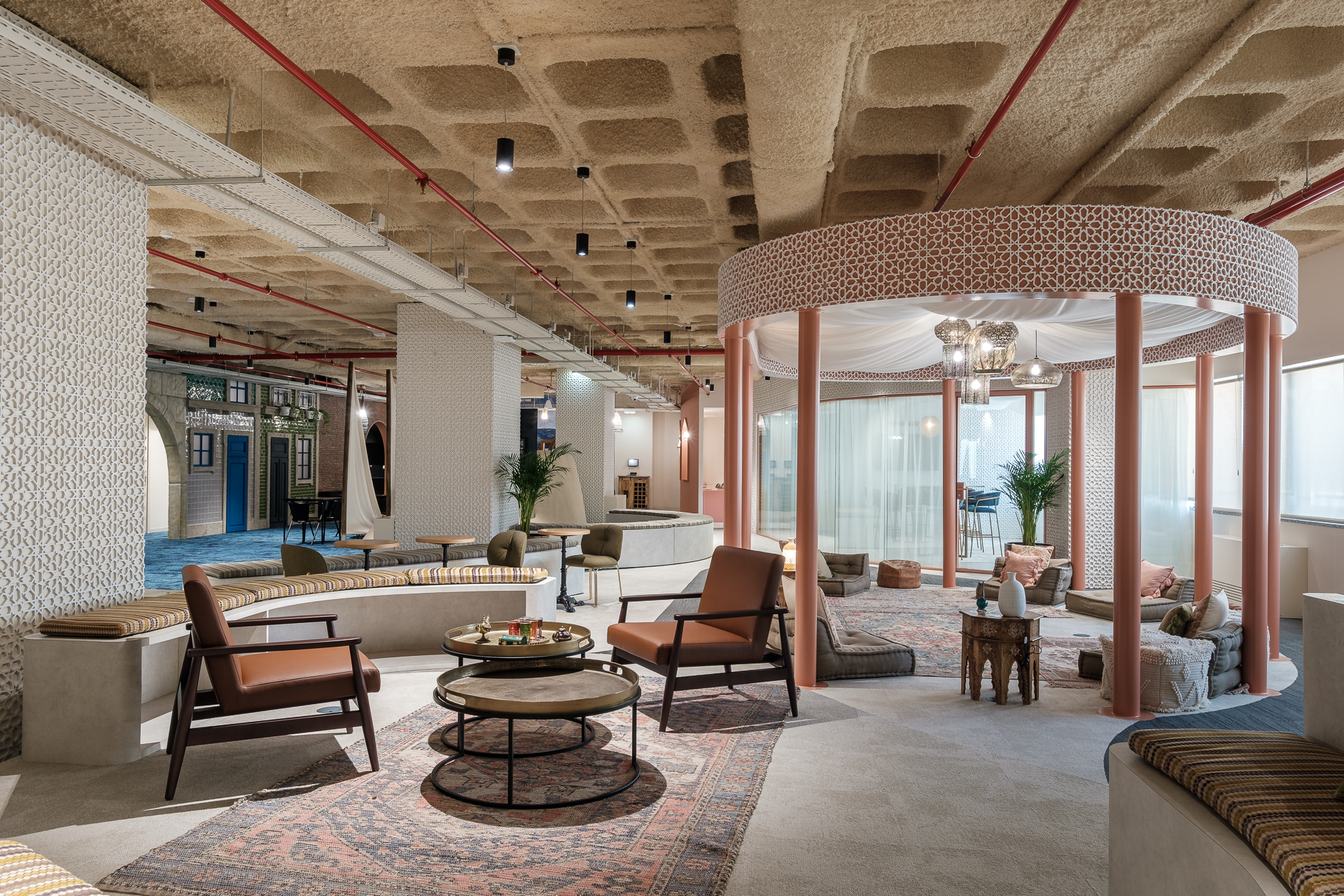
“Sustainability means more than cutting carbon. Every design and build project starts with the needs of the people using the space. Guided by the Code, we explore these people goals and how sustainable principles can help achieve better outcomes for our clients,” says Aranda.
Inclusive design that considers different wellbeing needs is a vital aspect of sustainability, embodied in Tétris’ fit-out for investment bank Natixis in Porto. Featuring 12 internationally inspired environments designed to evoke different sensory experiences, this project created varied workspaces that accommodate neurodiversity and individual needs. Its holistic approach achieved a sustainability score of 92% for the completed space, doubling its initial score.
Adapt sustainable design to the project
The Code provides detailed steps to make a space more sustainable, giving project teams the flexibility to adapt design and build measures that fit a project’s location, scale and budget.
For example, to influence decision-making towards low-carbon design, it recommends low-impact materials, while also highlighting straightforward design measure to minimise wasted material and facilitate future use – such as avoiding adhesives to make disassembly easier.
“The Code makes sustainability more inclusive and accessible. Whatever the nature of a client’s project or budget, we will help them make sustainability improvements,” says Aranda.
In designing the Freshfields law offices, for instance, Tétris surveyed employees to understand how they work and tailor sustainable design choices to critical business functions – such as the use of transparent acoustic cupboards that ensure privacy and comfort while enhancing the sense of openness. With biophilic design principles contributing to a dynamic, healthy workplace, the completed space achieved a sustainability score 3.8 times higher than the initial space, with an average improvement of 209% in each of the 10 Sustainability Code focus areas.
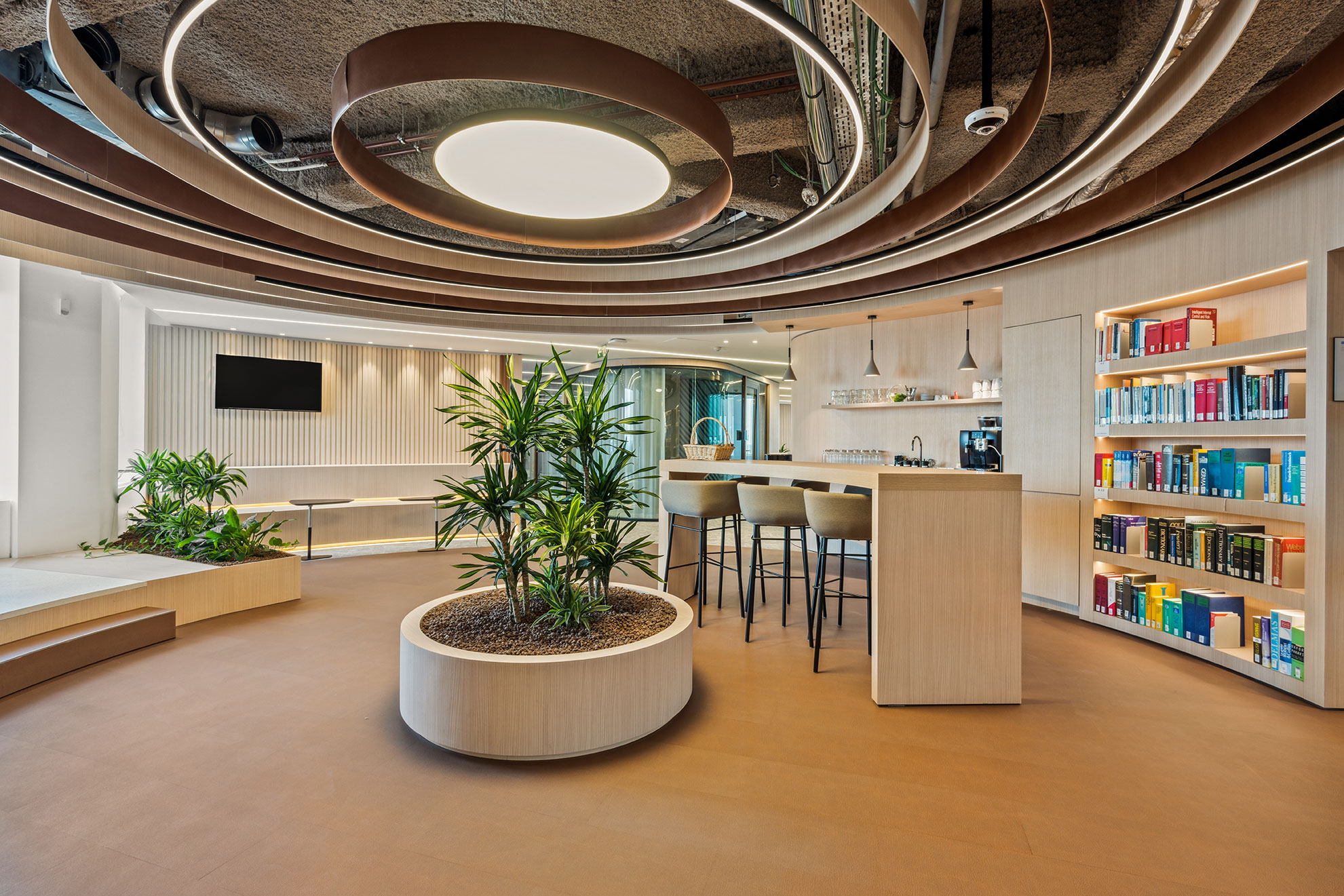
Reuse and repurpose
Recognising that retrofitting also has a carbon impact, the Sustainability Code emphasises the reuse of materials and furniture in line with circular principles that aim to abolish waste and reduce emissions. Extending the use of existing items not only improves the impact of a fit-out, it saves on the cost and carbon emissions of new elements.
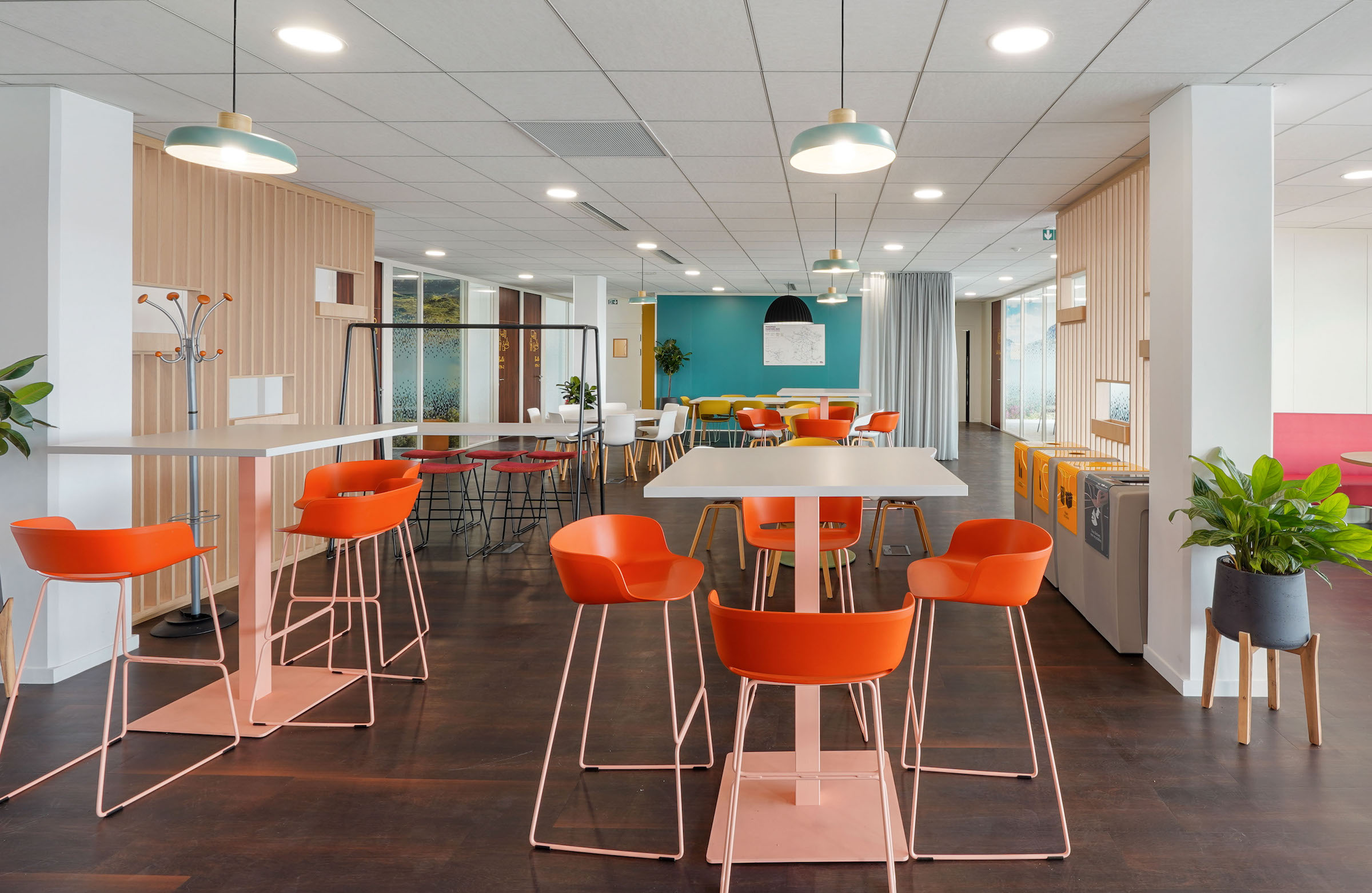
Reusing and repurposing were key elements in Tétris’ strategy to design a campus consolidating three offices for French railway operator SNCF. The project retained all doors, partitions and ceiling frames, and two-thirds of furniture solutions. A bespoke logistics plan used SNCF’s real estate network for temporary storage, enabling furniture transfers from four different sites. The completed space received the maximum score in the focus areas of materials and furniture thanks to its adherence to circular principles.
Invest for the long-term
Durable materials and efficient technologies are prioritised in the Sustainability Code, which not only benefits the environment but also adds long-term value through reduced operational costs and a longer-lasting space.
It’s also about “smart investments with a visible impact on local communities, the environment or the climate,” adds Aranda.
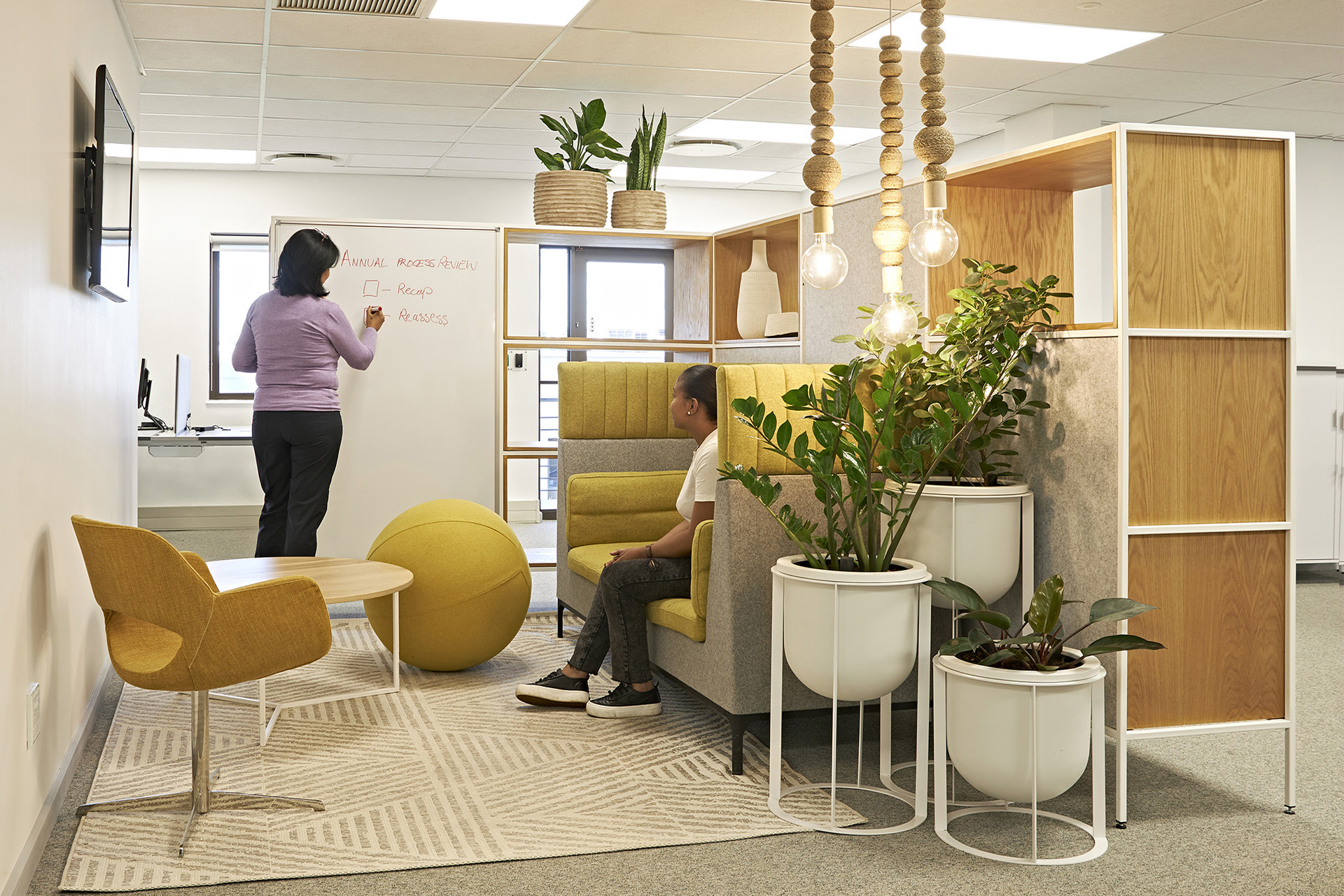
When pharmaceutical giant Roche relocated its laboratory and manufacturing facilities in drought-impacted Cape Town, Tétris’ interior fit-out incorporated water-efficient systems and sensors that optimise the use of artificial lighting, as well as reused timber and locally made furniture to lower carbon footprint. The result was a space with reduced water and electricity consumption and a sustainability score of 99, 2.7 times higher than the initial space.
Build safely and sustainably
The Code also guides construction practices for improved climate and people impact through safe site setup, on-site waste management and a more diverse, sustainable supply chain.
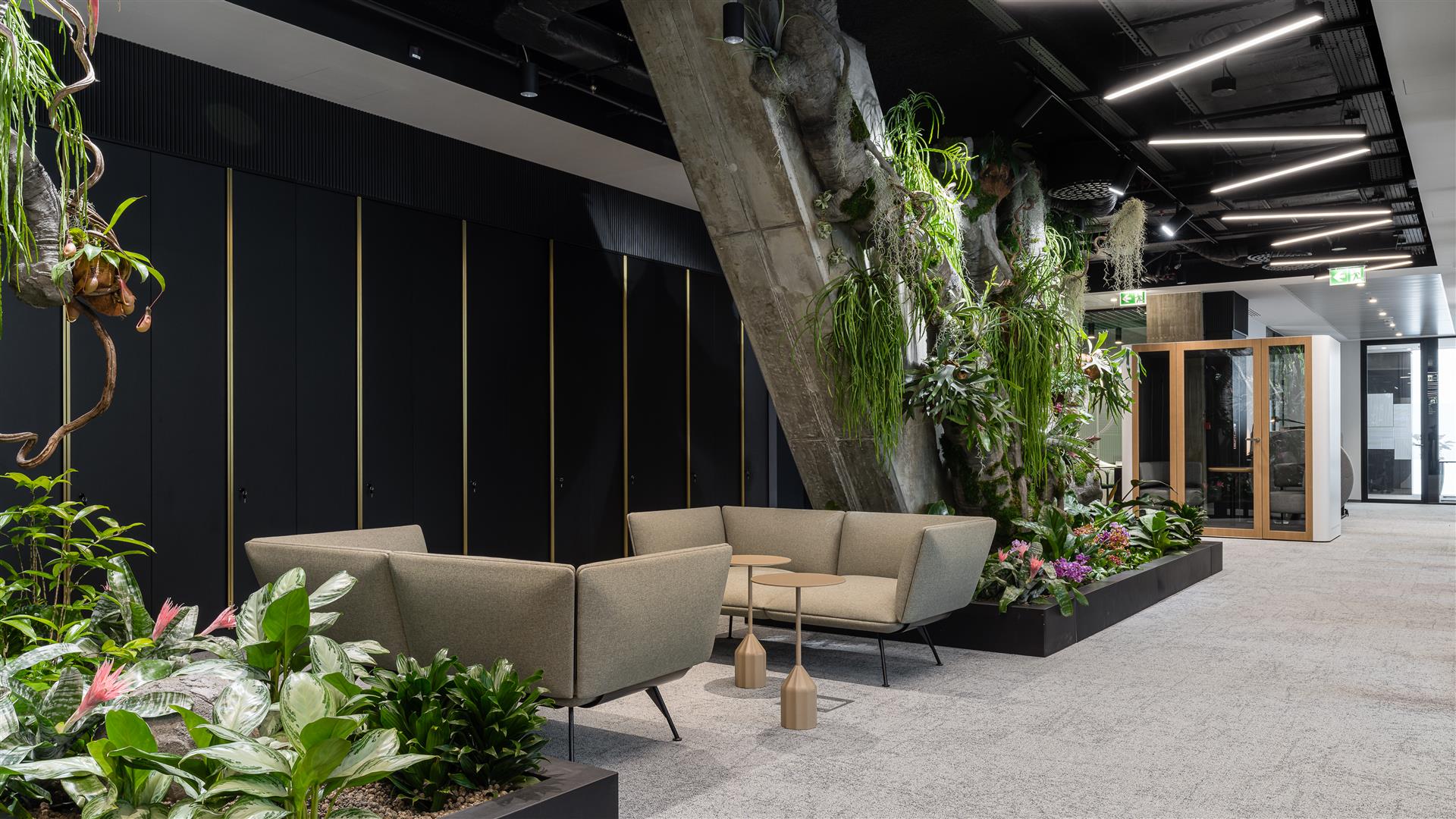
These recommendations are embodied in the fit-out of the CMS office in Warsaw, where the project team developed a site-specific air quality maintenance plan, validated the origin of timber used, and tracked several environmental impacts to support CMS in obtaining BREEAM for construction and WELL Core+Shell wellbeing certification. This fit-out achieved an overall Build score of 97%, underscoring the project’s commitment to high standards of sustainable construction.
Recognise innovation
Given that each space has unique requirements, the Tétris Sustainability Code includes an Innovation dimension as a critical element in design and build sustainability. This encourages the integration of novel sustainability measures, setting a standard that can inspire other projects.
For example, unique elements like natural ventilation or support for local businesses would earn points in this area. In a project for Smeno, a youth-focused mutual insurance company, Tétris sourced upcycled furniture through a program designed to reintegrate people into the workforce. This resonates with Smeno’s focus on aiding young people’s professional development and reflects its human-centred approach to sustainability in business.
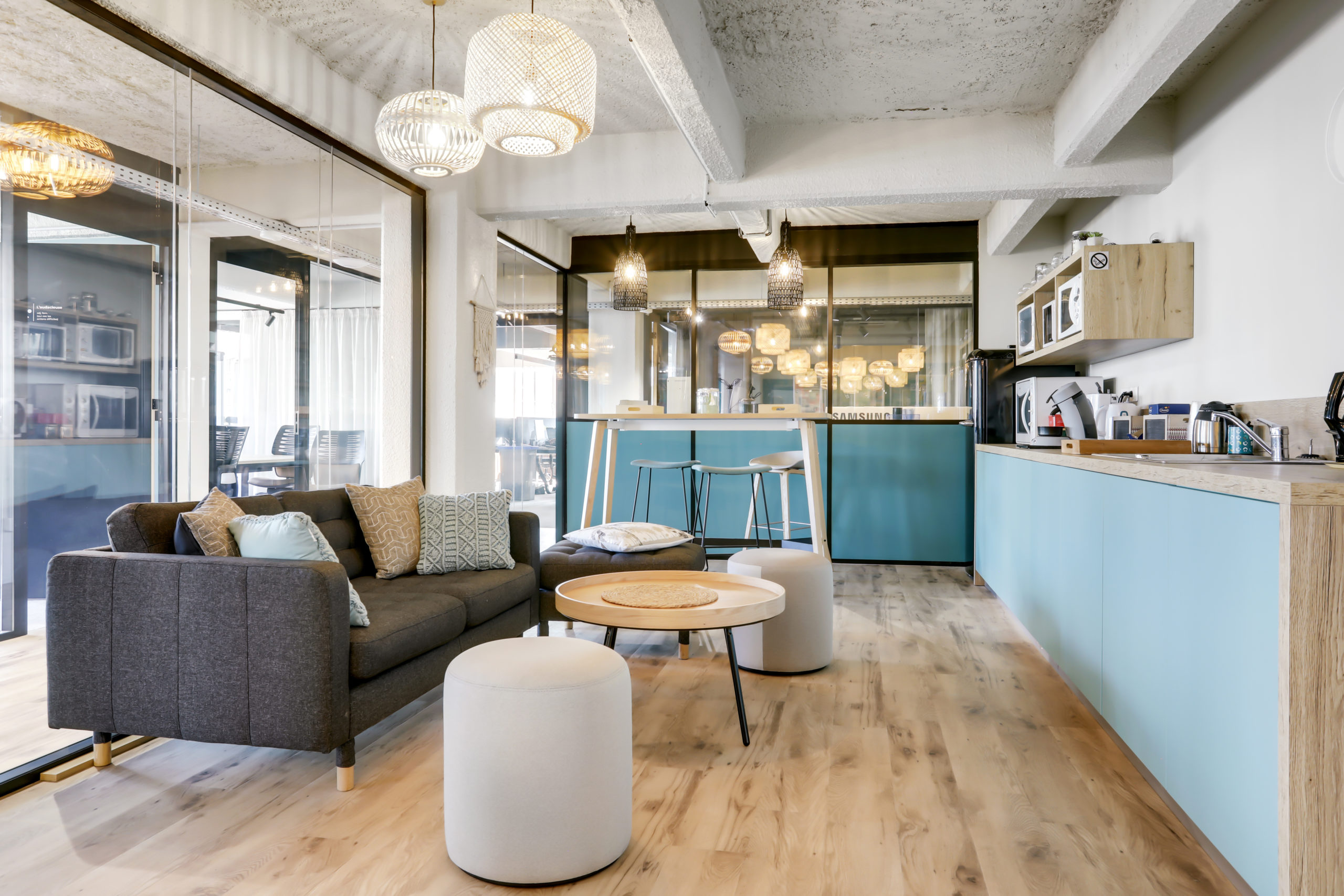
“Embedding innovation into our approach allows us to highlight the uniqueness of the client, the space, and the project,” says Aranda. “As sustainability is an evolving field, we need to be able to integrate new technologies and materials as they emerge. This is why we work to build long-term relationships with our clients – because sustainability happens over the long-term.”
Ultimately, the Tétris Sustainability Code is more than a one-time solution – it’s a flexible roadmap for improving sustainability in real estate. By articulating clear measures to improve the impact of a space on people and the environment, this practical tool can support businesses at every step of their sustainability journey.

Find out how we can make your space more sustainable
